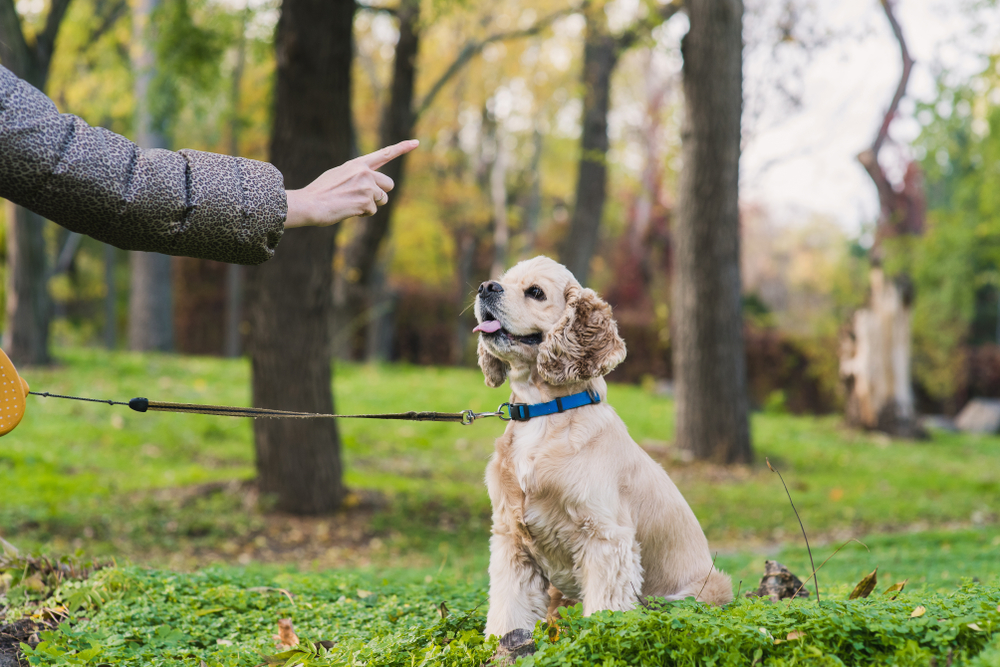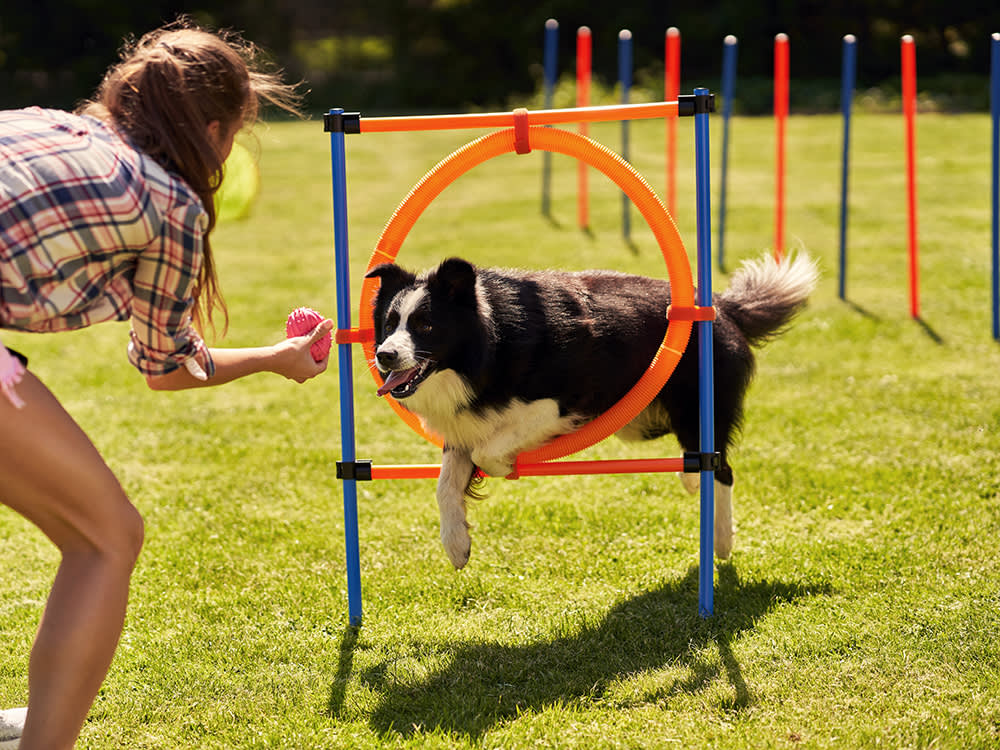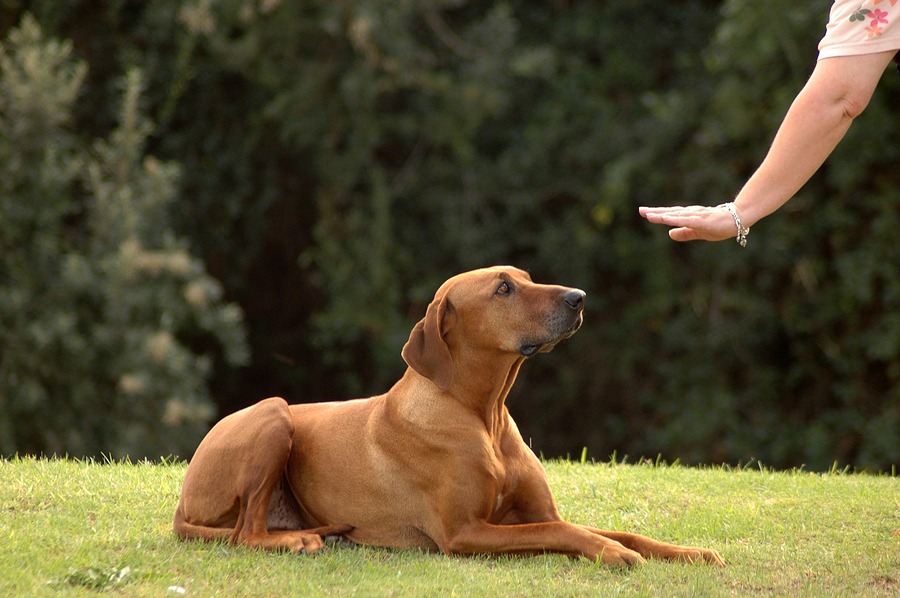Common Mistakes to Avoid During Dog Training for Better Results
Common Mistakes to Avoid During Dog Training for Better Results
Blog Article
Leading Canine Educating Techniques Every Proprietor Ought To Know

Positive Support Methods
Making use of favorable reinforcement techniques is vital for efficient pet training, as it promotes a trusting bond between the instructor and the pet. This technique focuses on rewarding preferable behaviors rather than penalizing unfavorable ones, producing a setting for finding out. Benefits can include deals with, praise, or playtime, which encourage dogs to repeat the habits that make them these rewards.

Moreover, this technique enhances the canine's interest for training sessions. When canines connect training with favorable experiences, they are more engaged and receptive. Beyond prompt therapy, positive support encourages a collective partnership in between the pet and instructor, decreasing anxiety and anxiety
To optimize efficiency, it is crucial to deliver benefits immediately, making sure the pet connects the behavior with the support. Essentially, favorable reinforcement techniques not just generate better-trained pet dogs yet also promote a harmonious partnership between pet dog and proprietor.
Clicker Training Method
The clicker training method is a highly effective strategy that builds upon the principles of favorable reinforcement by adding a distinctive audio to mark preferred behaviors. This technique uses a small handheld tool that produces a clicking sound, permitting instructors to interact with their dogs in a clear and prompt manner. When a pet does a habits that the proprietor wishes to encourage, the clicker is triggered, adhered to by a benefit, commonly in the kind of deals with or appreciation.
The key to effective remote control training exists in uniformity and timing. It is critical to click at the precise minute the wanted actions takes place, making sure that the dog links the sound with the activity and the succeeding reward. This approach not just improves communication yet also promotes a stronger bond between the owner and the canine, as it motivates involvement and communication during training sessions.
Remote control training can be related to a variety of commands and actions, from fundamental obedience to extra complicated techniques. Its flexibility and performance make it a popular method among specialist trainers and pet proprietors alike, leading the way for a well-trained and receptive canine friend.
Leash Training Fundamentals
Effective chain training is essential for guaranteeing a risk-free and satisfying walking experience for both dogs and their proprietors. A level collar may function for some dogs, while others might benefit from a harness that lowers drawing.
Present your pet dog to the leash gradually, enabling them to explore it in a comfy atmosphere. Method loose-leash strolling once they are accustomed. This entails satisfying your pet for walking close to you instead of great post to read drawing ahead. Use treats and appreciation to strengthen wanted habits, and be sure to remain assertive and tranquil.
If your canine starts to draw, quit strolling promptly. In addition, practice different strolling settings to help your dog adjust to disturbances.
Normal method will certainly solidify your dog's understanding of leash decorum. Bear in mind that leash training is a recurring process; persistence and uniformity will produce the very best results, fostering a positive experience for both you and your canine buddy.
Socializing Approaches
Socialization is a crucial aspect of pet training that need to preferably start throughout puppyhood yet can be advantageous at any type of age. Effective socializing assists pets create self-confidence and minimizes the chance of behavioral problems. To apply successful socializing strategies, reveal your canine to a range click for source of atmospheres, people, and other animals.
Begin with controlled settings, such as puppy classes or arranged playgroups, where young pet dogs can interact safely. Gradually present your pet dog to new experiences, consisting of various noises, surfaces, and activities. Ensure these experiences are favorable and fulfilling to establish a feeling of safety.
For grown-up dogs or those doing not have direct exposure, begin with low-stress situations. Short, positive interactions with calm canines and pleasant humans can produce positive organizations. Use deals with and praise to enhance preferable habits during these experiences.

Uniformity and Persistence
Acknowledging the relevance of consistency and persistence in pet training is necessary for accomplishing long-term results. Inconsistent training can lead to complication, making it tough for the pet to grasp behaviors or commands, inevitably hindering progression.
In addition, perseverance is an essential component of effective training. Canines, like humans, find out at their own rate. Some may comprehend principles rapidly, while others may take much longer. It is essential for owners to stay tranquil and encouraging, reinforcing positive habits without turning to frustration or punishment. This fosters a trusting relationship between the pet dog and proprietor, encouraging a more enthusiastic and eager student.
To cultivate consistency and perseverance, my link establish a normal training regular, use the very same commands, and make sure that all family participants use the very same training concepts - Dog training. By doing so, you develop a stable environment for learning, allowing your canine to create and grow right into a mannerly friend
Final Thought
Finally, efficient dog training strategies, such as positive support, remote control training, and proper chain training, are vital for cultivating a healthy and balanced owner-dog partnership. Additionally, carrying out socialization approaches and maintaining consistency and patience throughout the training procedure adds dramatically to a dog's overall wellness. By integrating these approaches, canine proprietors can assist in the growth of well-adjusted, loyal pets, eventually enhancing the lifestyle for both the proprietor and the canine.
Amongst the most prominent methods are positive reinforcement, clicker training, and chain training, each offering unique advantages that contribute to a mannerly canine. As we discover these essential strategies, it ends up being obvious that mastering their nuances can significantly affect the training experience and the dog's general habits.Making use of positive support strategies is necessary for effective canine training, as it cultivates a relying on bond between the fitness instructor and the dog.In verdict, effective dog training techniques, such as favorable support, clicker training, and correct chain training, are vital for cultivating a healthy and balanced owner-dog relationship. By integrating these techniques, canine proprietors can facilitate the development of well-adjusted, obedient family pets, ultimately boosting the high quality of life for both the owner and the canine.
Report this page